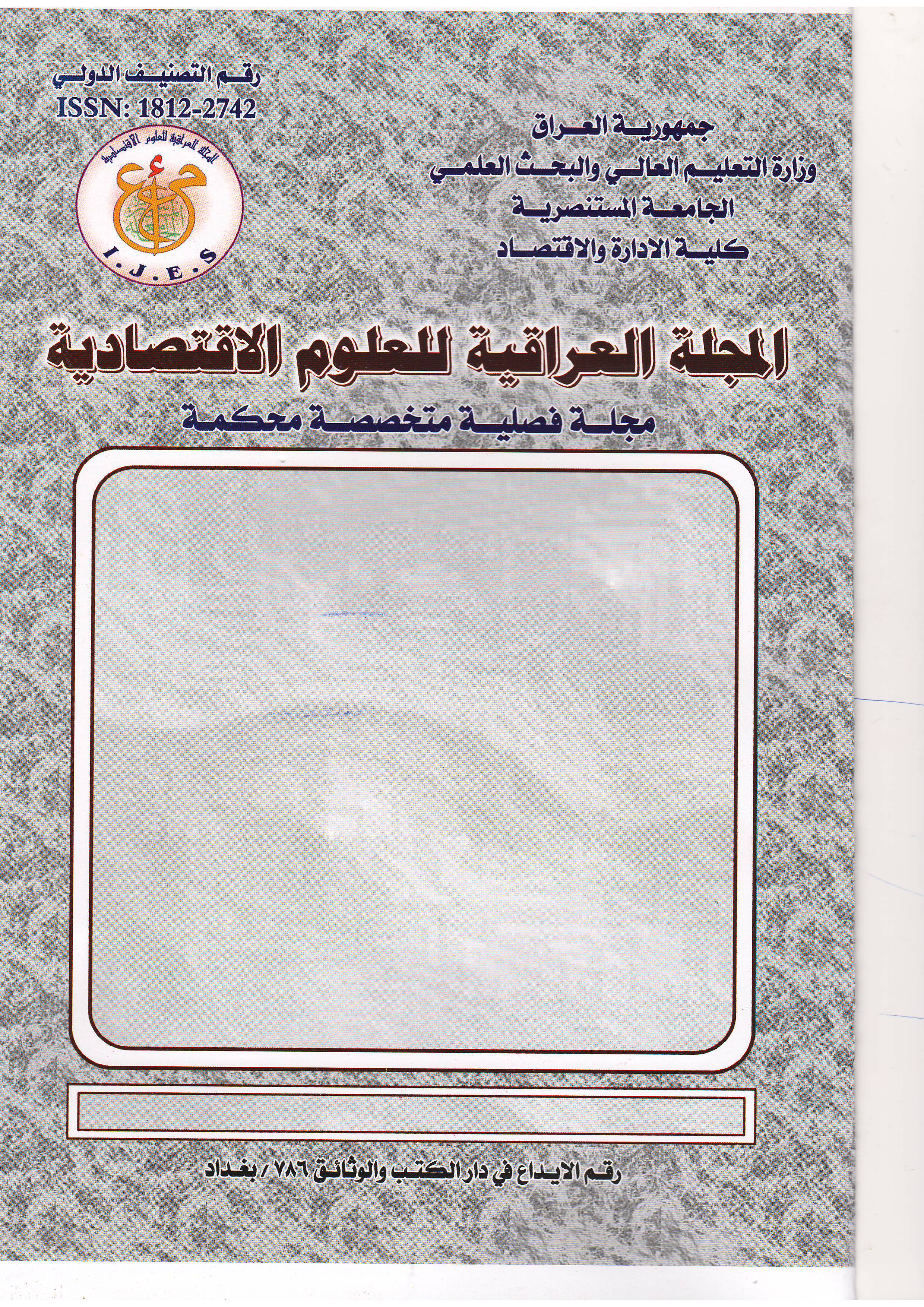اسـتقلالية البنوك المركزيـة مـع إشـارة خـاصـة للبنـك المـركـزي العراقـي
الملخص
Many researchers have attributed low inflation rates over long periods of time to the existence of effective independent central banks since the early eighties of the last twentieth century . the industrial countries had realized noticeable decline in inflation rates in the 1955 – 1988 period from 5.6% to 2.7% in the 1988 – 2000 , due to inflation targeting . The turning point was when Newzeland enacted a new Newzeland reserve bank act which introduced tow important reforms , namely , first , giving the said central bank greater central independence from the central government and secondly , targeting a definite inflation rate . which was the first country to do that , making the bank one of the most independent central bank in the world . most other countries followed suit , thus the low level of inflation rate over a long period of time has become an indicator of good central banking . this is realized through an institutional structure in which the central bank can resist any pressure to make any short term policy decisions that intersect with long term goals . central banks securer their independence chiefly through institutional reforms exemplified by long term appointments of governors and defining clear inflation rats and a collection of institutional reforms and well defined goals . the joint element between inflation targeting and central bank independence is the constraints on the behavior of the fiscal authority which might lean toward allowing inflation over the short run to effect a more suitable exchange rate , or a right production rate which might contradict with price stability over the long run . thus it might be in the society’s interest to grant the authority to make monetary policy to a far sighted central bank.
The research reaches the conclusion that the independence of the central bank does not mean full independence from the government in everything including managing monetary and credit policies , or the organizational structure . it doesn’t mean a complete separation from the government for the central bank is just a governmental body which function within the institutional framework of the government , but its decisions especially as far as monetary policy is concerned is independent of the ministry if finance , on the condition that it should be consistent with the general economic policy of the state , but not subject to the political pressures with an emphasis on long term goals such as price stability instead of short term aims such as low interest rats which are defended by politicians . then the paper discusses some other ideas about central banks independence like dejure and defacto independence and independence as an exogenous or endogenous factor and the extent to which independence is effected in totalitarian compared with democratic stats . In addition , the role of accommodating and non accommodating local policies to inflation in realizing independence , also the pretexts against it are discussed .
Finally the case of Iraq after 2003 American occupation is surveyed until the present time 2011 . the paper concludes with a measurement of the degree of the independence of the central bank of Iraq under its law no.56 issued in 2004 , with a discussion of how consistent with the fiscal policy in particular and the economic policy in general .






